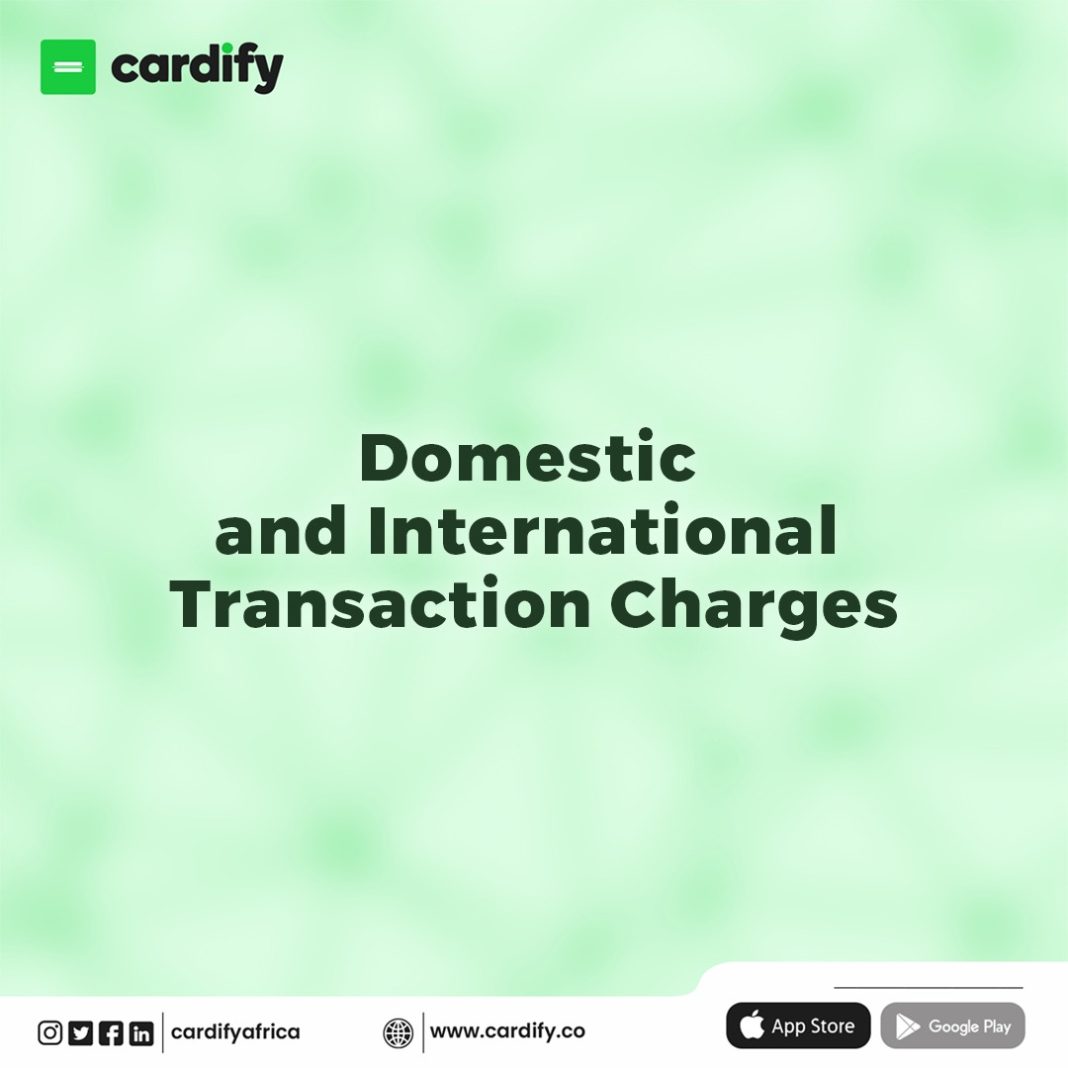Introduction
You’re at the checkout, your card declines, and you suddenly remember that bill you forgot to pay. The declined transaction is embarrassing enough, what about the fees that come with it?
This article breaks down the intricacies of failed transaction fees, focusing on insufficient funds situations and the differences between domestic and international transaction fees.
What Are Failed Transaction Fees?
Failed transaction fees, also known as insufficient funds fees or return item fees, are charges imposed by banks or financial institutions when a transaction cannot be processed due to insufficient funds in your account. It occurs in transactions, such as debit card purchases, ACH payments, or checks.
Why Do We Have to Pay These Fees?
Failed transactions also incur costs for financial institutions and traditional banks. These costs may include processing fees, administrative expenses, and potential losses due to returned items. Thus, banks pass on these costs to the customer in the form of failed transaction fees.
Cost of Failed Transaction Fees
The specific fee amount varies depending on the receiving institution and the type of transaction. For instance, the bank imposes different charges for insufficient funds transactions, distinguishing between domestic and international payments.
Effective June 2024;
- Domestic Transactions (within the US): $0.06 of the transaction value
- International Transactions (outside the US): $0.4 of the transaction value
As seen above, international transactions generally carry higher fees due to increased processing costs and currency conversion.
Impact of Failed Transaction Fees
As users, failed transaction fees might seem small but they can negatively impact credit score and financial relationship with receiving institutions.
Types of Transaction Fees
Domestic Transaction Fees
Domestic transaction fees apply to transactions within the United States. These fees are generally lower due to the lower processing costs and the absence of currency conversion fees. For example, if you attempt a debit card purchase of $100 but have insufficient funds, the bank might charge a failed transaction fee of $0.06.
Few Scenarios Leading to Domestic Failed Transaction Fees
- Debit Card Purchases: A case where there is an attempted purchase without sufficient funds in the account.
- ACH Payments: A case where there is an automated payment is returned due to insufficient funds.
- Checks: A case where the check bounces because of insufficient funds.
International Transaction Fees
International transaction fees are higher due to additional processing costs and currency conversion expenses. If you attempt a transaction of $100 in a foreign country and have insufficient funds, the bank might charge a failed transaction fee of $0.4.
Few Scenarios Leading to International Failed Transaction Fees
- Overseas Debit Card Purchases: A case where there is an attempted “abroad” purchase with insufficient funds.
- International ACH Payments: A case where an international payment is returned.
- Foreign Currency Transactions: A case where a transaction involves converting currencies and fails due to insufficient funds.
Conclusion
Failed transaction fees, whether for domestic or international transactions, can be a significant financial burden if not managed properly. Understanding the reasons behind these fees and implementing strategies to avoid them can help you maintain a healthy financial standing. By staying informed and proactive, you can minimize the impact of insufficient funds on your financial health.
For more blogs like this, kindly visit www.blog.cardify.co





